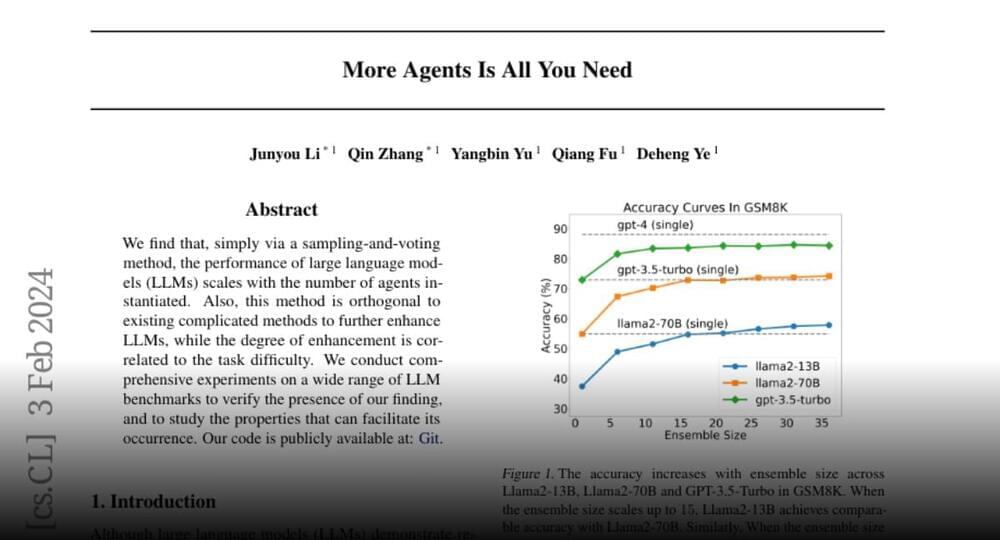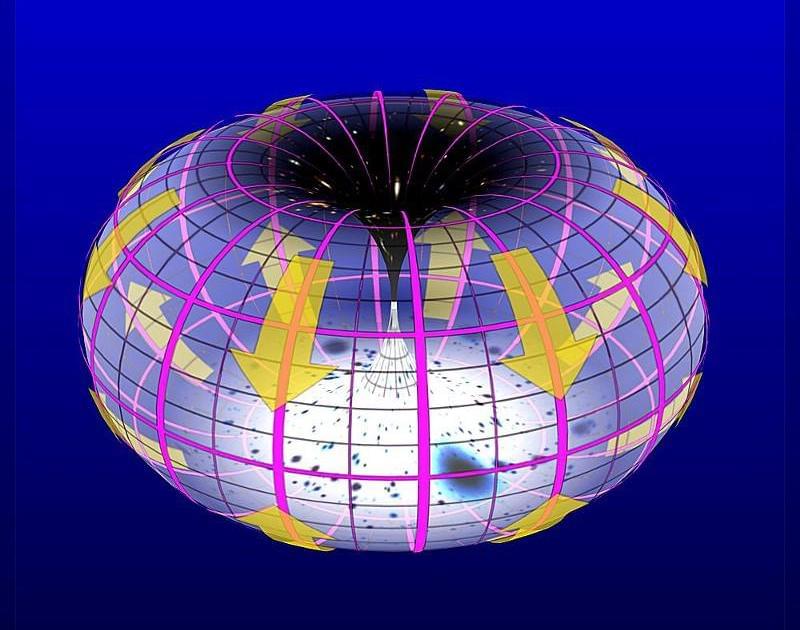Tencent presents More Agents Is All You Need.
Join the discussion on this paper page.





Title: Metacognition: ideas and insights from neuro-and educational sciences See… https://www.nature.com/articles/s41539-021-00089-5 Abstract: Metacognition comprises both the ability to be aware of one’s cognitive processes (metacognitive knowledge) and to regulate them (metacognitive control)…
Fleur, D.S., Bredeweg, B. & van den Bos, W. Metacognition: ideas and insights from neuro-and educational sciences. npj Sci. Learn. 6, 13 (2021). https://doi.org/10.1038/s41539-021-00089-5

Limerence is a state of mind that prevents genuine connections by prioritizing an idealized fantasy relationship over reality, and letting go of limerence requires taking responsibility, understanding fantasies, and finding real connections.
Questions to inspire discussion.
What is limerence?
—Limerence is a state of mind characterized by obsessive thoughts and fantasies about someone, prioritizing a fantasy relationship with them in one’s head over the real relationship.


